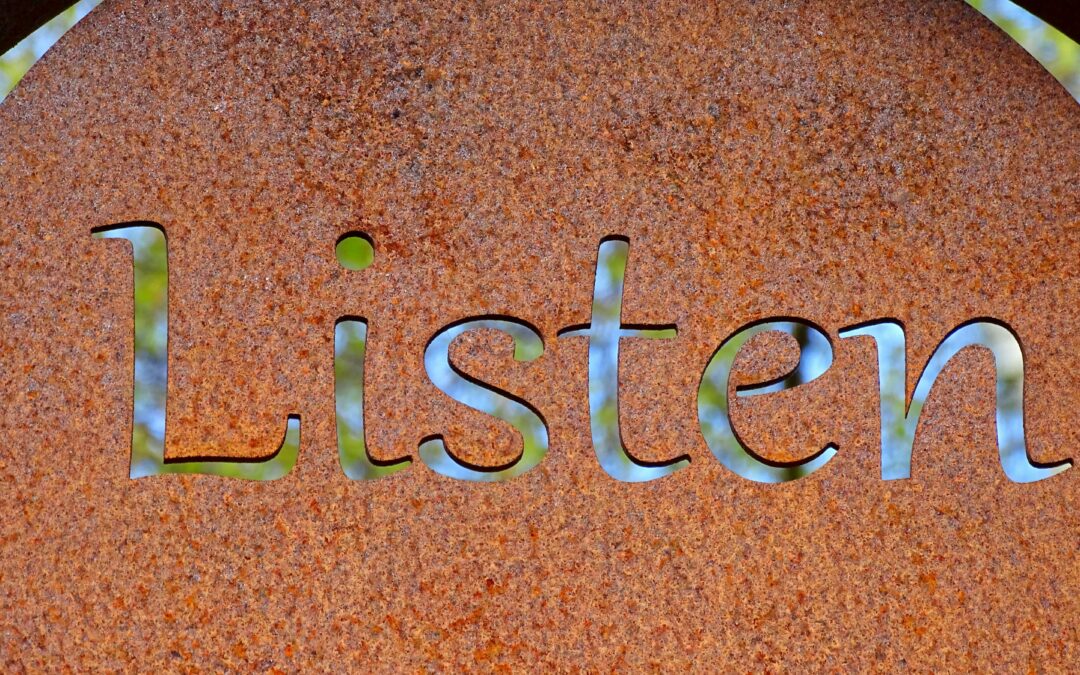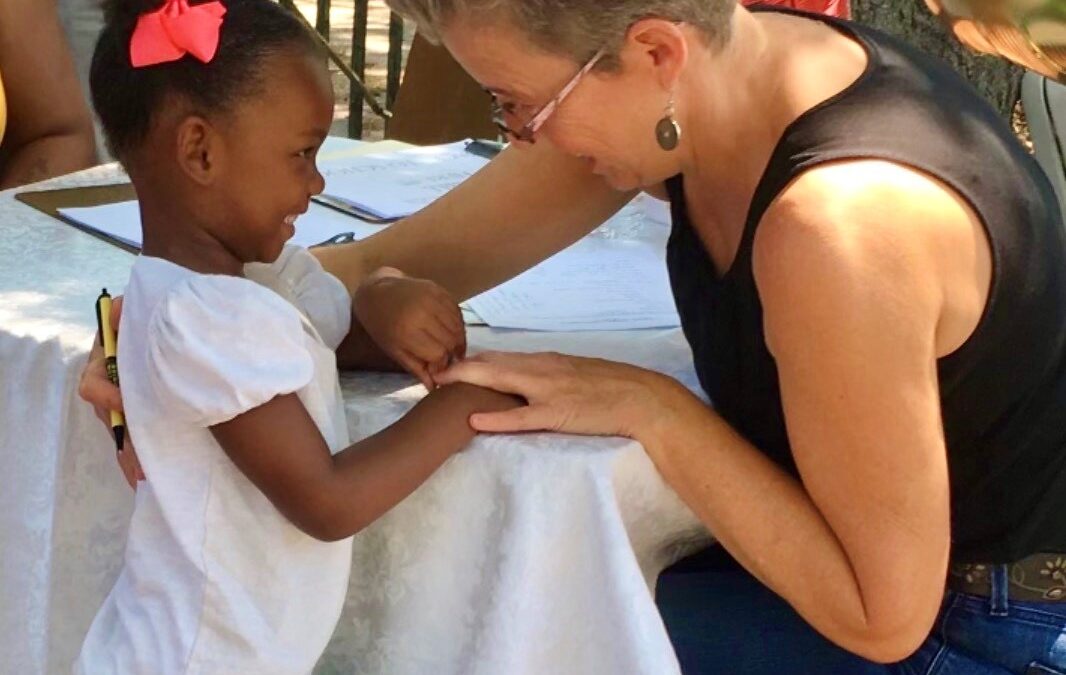To meet their Continuing Legal Education [CLE] requirements, a law firm hired me to do my program, “Outsmart Assumptions and Communicate Confidently with Just About Anyone.”
As the lawyers were gathering in the conference room, I asked, “What prompted you to come today?”
Of course, their initial answers were snarky and fun…
- “Because we’re required to get the CLE’s.”
- “Yeah, I have to be here.”
- “Something different to do at lunchtime.”
As a facilitator, I know that if I wait and give people more think-time, the answers will get more profound. And they did. Next, I heard…
- “Because I’m curious.”
- “I’m always learning.”
- “Because I like the title and I want to win.”
I said, “Of course you want to win, you’re a lawyer.” He laughed. They all laughed. Then I said, “That’s actually how you can tell cultural intelligence is in play, both parties walk away from the conversation feeling valued, seen and heard, each within their unique context. They both win.”
The lawyer said, “Then this’ll be good because that’s my intent too. In my line of law, I want all parties to win.”
I said, “Then we’re both in the right place! So, let’s outsmart assumptions and win.”
Here’s a poem I wrote about their team training…
What about assumptions?
We all have them; it’s not your fault.
In fact, we humans need assumptions to be effective, efficient and safe.
They aren’t good or bad.
They’re actually right 70% of the time.
If they’re right so often, why outsmart them?
Because if you’re unaware they’re in play, your people, relationships and business can be in jeopardy.
So, what’s an assumption?
An assumption is an idea that we accept as true about a person or group without proof.
A hidden assumption is a bit of knowledge that we accept is true about a person or group without proof – of which we are unaware.
How can you be unaware of what’s in your brain?
The bits of knowledge are stored in your brain and encountered so often in your cultural environment, they seem normal.
So normal you’re unaware they influence how you speak and act.
They’re also called “unconscious bias.”
Biases can sound like…
He should lose weight.
She should speak up.
I am not good enough.
They’re good at math.
Why is she so tired?
This too shall pass.
They should get on board.
I just need to get over it.
In nanoseconds a brain makes snap decisions without your permission.
If you’re not alert, they can inadvertently….
Cut you off from a person or an opportunity.
Keep you from getting the rest of the story.
Block you from making a genuine connection.
Impede curiosity and innovation within you and the organization.
Why would a law firm want to outsmart assumptions?
Because they want to…
Meet their continuing education requirements.
Retain their talent.
Diversify their personnel so they can reach a broader market.
Capture every opportunity to win.
So how can they and you outsmart assumptions and win?
The easiest way is to…
Slow down and take a breath.
Observe your thoughts.
Notice and name the assumption.
Wonder what more there is to the story.
If you don’t have time or energy in a particular moment, you can circle back and learn more later.
This is one approach to outsmarting an assumption and start pulling together, rather than against one another and the world. – Amy Narishkin, PhD
I work with organizations and their leaders who want to attract, retain and engage diverse talent so they can reach a broader market. Contact me for team development or executive coaching.
Photo by Robert Katzki on Unsplash










